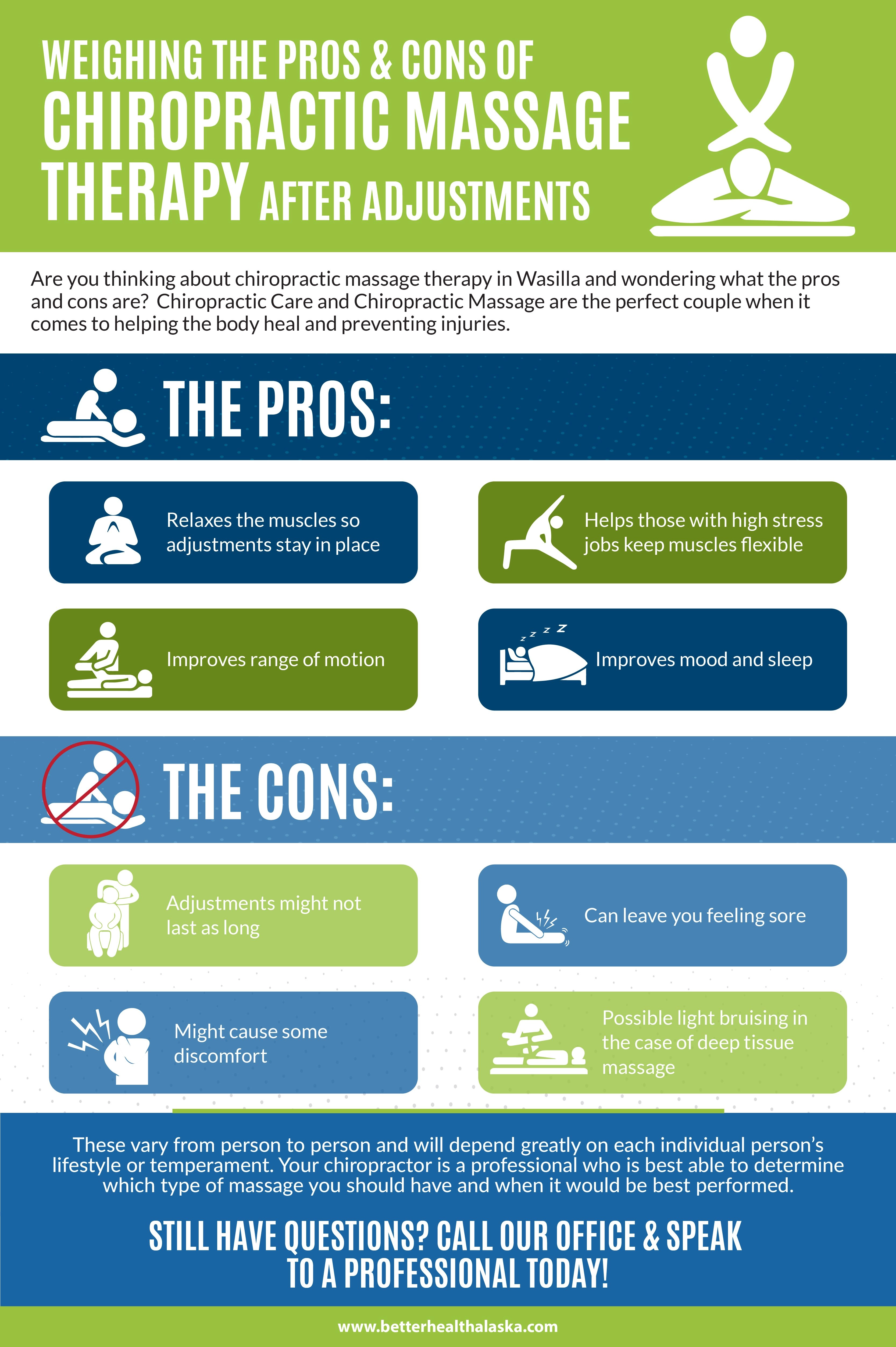If you've ever before experienced back pain, you recognize exactly how incapacitating it can be. From plain pains to sharp, shooting pains, understanding the source is crucial for finding relief. Whether it's an outcome of poor stance, injury, or a clinical problem, determining the specific sort of back pain you're managing is the primary step in the direction of efficient therapy. So, what are the various kinds of pain in the back, and how can you determine the reason to alleviate your pain?
Common Kind Of Neck And Back Pain
When it comes to pain in the back, there are a number of typical types that people may experience. One prevalent kind is muscle mass stress, often brought on by lifting hefty items or abrupt motions that strain the muscular tissues and ligaments in the back. This type of pain can range from mild discomfort to severe, sharp pain depending on the level of the stress.
back sprain is herniated discs, which take place when the soft tissue in between the vertebrae bulges out and puts pressure on the surrounding nerves. This can bring about pain, pins and needles, or prickling sensations in the back or legs.
Furthermore, sciatica is a kind of back pain that comes from the lower back and emits down one or both legs due to compression or inflammation of the sciatic nerve.
Degenerative disc disease is one more kind where the discs in the spine deteriorate with time, causing pain, rigidity, and reduced flexibility. Recognizing these usual types of neck and back pain can assist you recognize and address the source of your discomfort successfully.
Root Causes Of Back Pain
To recognize the causes of pain in the back, it's important to take into consideration different elements that can add to this common problem. One of the most widespread causes is muscle mass or tendon pressure because of sudden motions, raising hefty things incorrectly, or bad posture. Conditions such as joint inflammation, osteoporosis, and herniated discs can likewise lead to back pain.
Injuries from mishaps or drops can lead to acute or persistent neck and back pain as well. Excessive weight, lack of workout, and less active way of livings are considerable contributors to pain in the back, as excess weight places strain on the back. Poor ergonomics at work or home, such as sitting for extended durations in uncomfortable positions, can likewise create back pain.
Psychological aspects like stress and stress and anxiety can manifest physically as pain in the back. Comprehending please click the following internet site varied causes can assist identify the root of your pain and overview you in the direction of reliable therapy choices.
Therapy Alternatives for Pain In The Back
Dealing with pain in the back successfully requires a tailored method that takes into consideration the specific aspects contributing to your discomfort. low back pain treatment for back pain vary relying on the reason and severity of your signs and symptoms. In most cases, mild to moderate neck and back pain can be managed with over the counter discomfort medicines such as advil or acetaminophen.
Physical treatment and extending exercises can help improve versatility, strengthen muscles, and minimize discomfort in the long term. For extra serious cases, a doctor may suggest prescription medications, shots, or even surgery as a last resort.
Alternative therapies like acupuncture, chiropractic treatment, and massage therapy have likewise revealed assurance in decreasing back pain for some people. Way of living changes such as preserving a healthy and balanced weight, practicing excellent posture, and staying energetic can play a substantial role in preventing and handling neck and back pain.
It's important to work carefully with your doctor to determine one of the most reliable treatment prepare for your specific condition.
Final thought
Since you have a far better understanding of the common kinds of neck and back pain, their causes, and therapy alternatives, you can take proactive steps to handle and protect against discomfort. Keep in mind to pay attention to your body, seek clinical advice if required, and explore various therapy options that work best for you. By staying educated and fin tipnal medicine , you can boost your quality of life and decrease the influence of pain in the back on your day-to-day tasks.
